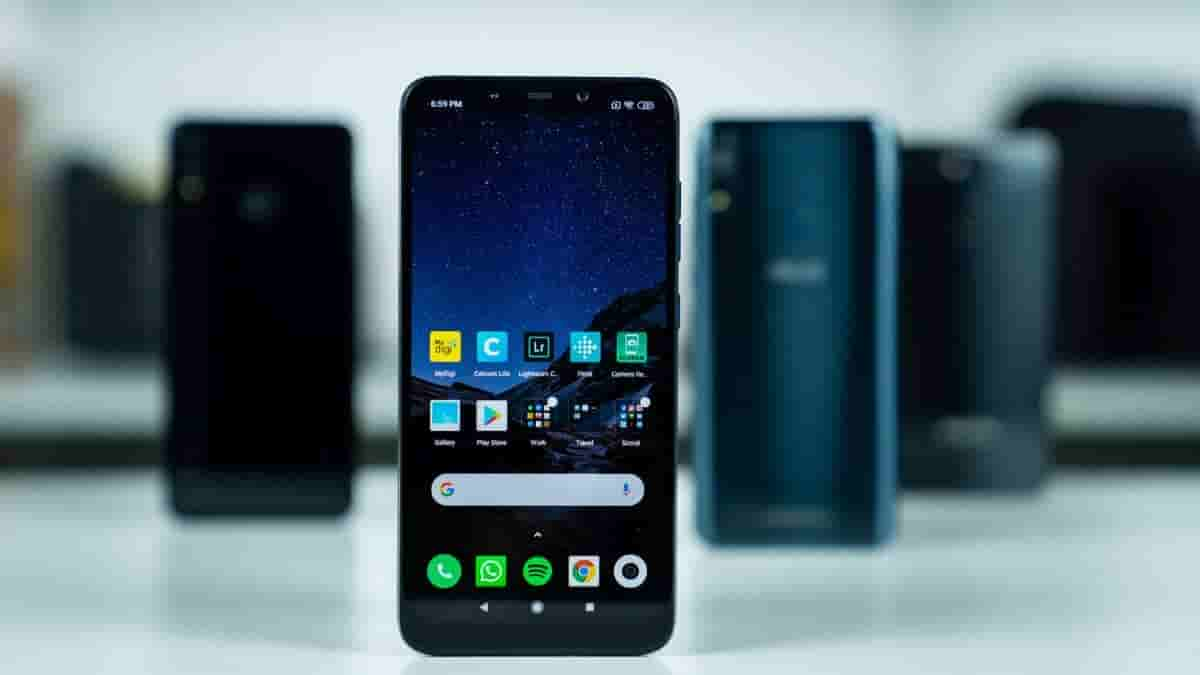LCD vs P-OLED: Here’s the Difference Between the Two

You all might have probably wondered why there are a lot of display panels and how they are different from each other.
Among the many display panels available, LCD displays are the most common and widely used. You might have also heard about the P-OLED display as well, right?
So what is the difference between the two? Don’t know? We’ll help you with it.
This article will be about the difference between LCD and P-OLED display panels and which among them is better compared to the other.
LCD vs P-OLED
So first let’s know what an LCD display panel is. LCD stands for Liquid Crystal Display and the LCD display panels were created as an alternative to the CRT display panels. There are actually two types of LCD displays – monochrome and color LCD displays and, the color LCD displays are again divided into TFT and STN displays.
Now about P-OLED displays, P-OLED displays just like the name indicate are a type of OLED display that uses plastic substrates in it, unlike AMOLED displays which use glass substrates. This makes P-OLED displays more flexible and this is the reason why P-OLED displays are mostly used in foldable and curved display screens(However, there are AMOLED displays that have plastic substrates in them and Samsung displays are a prime example of it).
So how are LCD displays different from that of P-OLED displays?
P-OLED displays or in general OLED displays have individual light-emitting diodes. These help in conducting electricity faster and will activate pixels much faster compared to an LCD display. It can also be turned off to provide deeper blacks and a better contrast ratio. This is what makes a P-OLED display better than an LCD display.
In terms of power consumption too, a P-OLED display consumes less power as it uses individual diodes which can be turned off, while in the case of an LCD display, it is not possible since it uses a panel of fluorescent lamps, which are placed behind its screen.
Even if LCD displays are widely used, now you know that they aren’t the best when compared to a P-OLED display and the above-mentioned factors are to be taken as the reasons for it.


